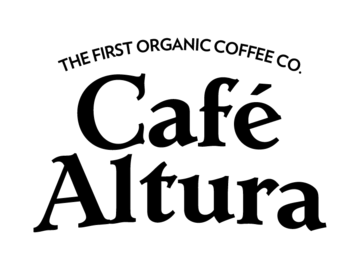
How Coffee Drinkers Manage Heartburn
What is the connection between caffeine and heartburn?
The stomach is a highly specialized organ, built to withstand a very acidic environment. The esophagus, however, is not.
If your caffeine consumption is too high, the muscle connecting the stomach to the esophagus becomes relaxed. The same thing occurs in pregnancy. As that happens, it creates an open channel between the two.
The opening will allow stomach acid to rise and come into contact with the delicate esophageal lining, irritating the tissues and causing the burning sensation associated with heartburn.
Staying safe
So, how do we ensure that we get a safe quantity of caffeine? The majority of experts agree that 400 milligrams a day (4 to 6 cups) is a safe amount. Expectant mothers are advised to reduce this to 200 milligrams a day, or around 2 cups.
While many people drink much more coffee than this with no adverse effects at all, you can reduce your risk by making sure that the coffee you consume has lower levels of caffeine.
Is it only caffeine?
If you read up on the chemistry of coffee, you’ll see that several compounds contribute to its acidic nature. Coffee has several health benefits, and is actually good for the liver.
However, individuals suffering from long-term or frequent heartburn can tip over into having gastroesophageal reflux disease, or GERD. For those with a tendency to higher levels of stomach acid, drinking low acid coffee products can make a difference.
Many people won’t drink decaffeinated coffee as they do not like the taste. However, low acid coffee is a different matter. Cafe Altura’s Low Acid Coffee, undergoes a unique all-natural process of steaming which will remove irritants from the coffee beans, but without compromising its rich and delicious flavor.
What to avoid
While the acidity of coffee has been shown to be an aggravating element in those who’ve been diagnosed with gastric conditions like GERD, doctors will point out that coffee isn’t the cause of GERD. In spite of many medical breakthroughs in its treatment and management, no single pathophysiological trigger has been pinpointed for the condition. Heartburn and GERD seem to be the result of several combined factors. Coffee is simply one of many foods that someone with GERD will need to consume carefully. Other aggravating factors include chocolate, high protein food sources like legumes and meats, very heavy foods, acidic and citrus products.
Milk is alkaline in nature, so adding milk to coffee will change the overall acidity of the drink. However, too much alkalinity will cause the stomach to increase acid output – so a balance has to be found.
Low acid coffee is rich in an additional derivative compound that will suppress the stimulation of stomach acid production.
Previously, getting a diagnosis of GERD would have meant a drastic reduction in coffee consumption. Basically, acidic foods are cut out of the diet to minimize the pain of heartburn.
Changes to alleviate conditions associated with reflux are not only dietary. It’s also possible to reduce the amount of acid leaking out of the stomach and causing painful burning by avoiding strenuous exercise, bending, and lying down right after a meal, wearing very tight clothes and increasing dietary fiber.
For patients with GERD, ‘having the best of both worlds’ means low acid coffee that may help to balance the PH of their stomach and tastes fantastic. For coffee drinkers who do not have GERD but have developed a mild issue with acid reflux, low acid coffee may permit individuals to continue to appreciate their favorite beverage, without discomfort or the aggravation of their condition.
This goes to show that while you can have too much of a good thing, you can have even more of a better one!
